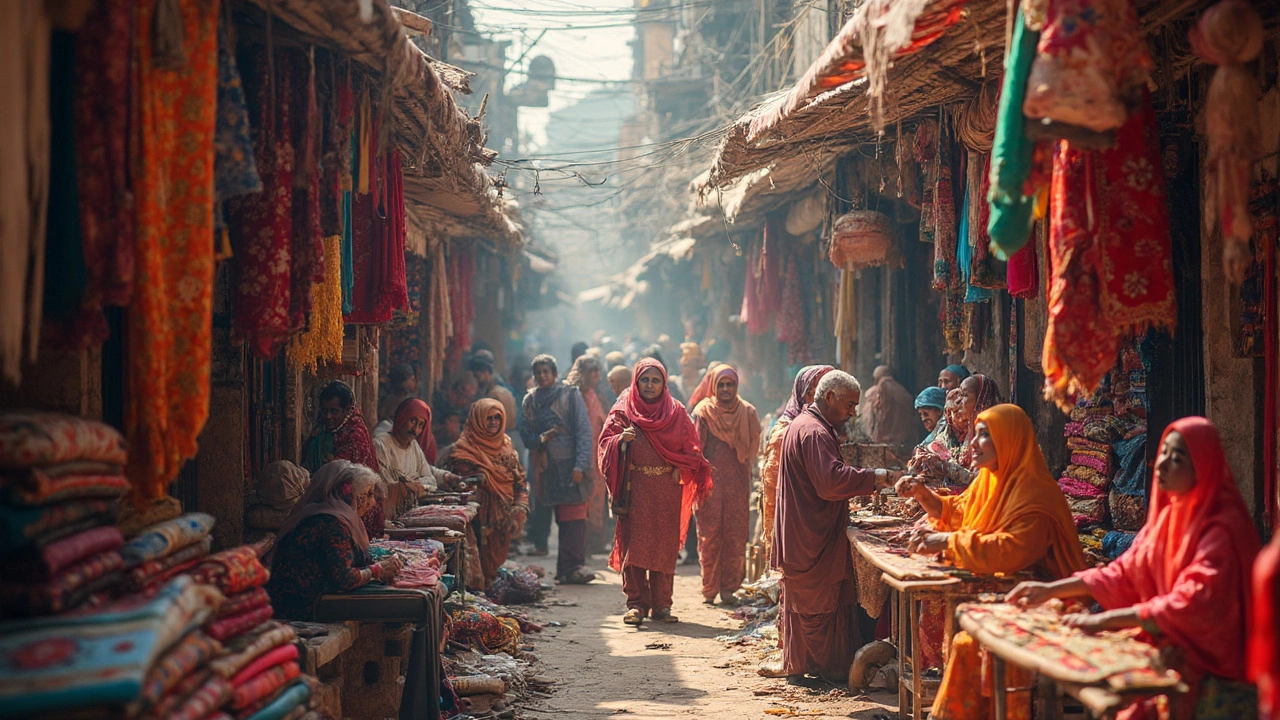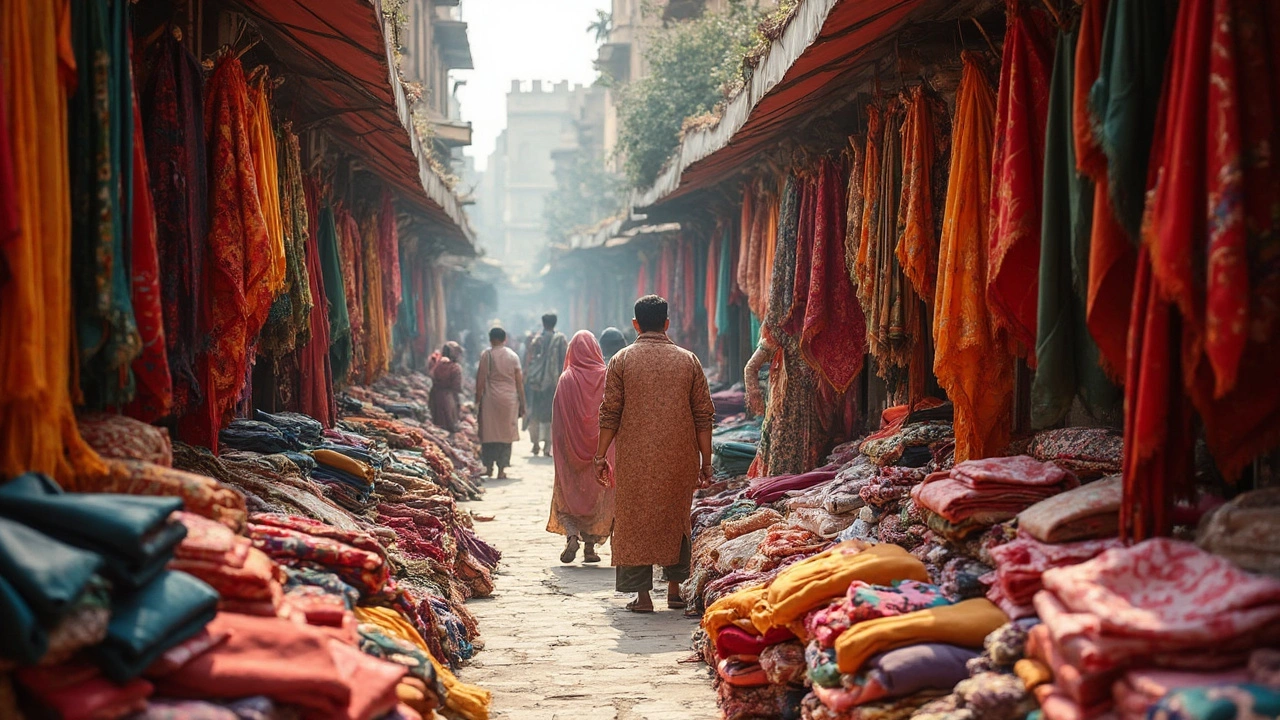Textile Manufacturers in India: What You Need to Know
Did you know India pumps out more than 120 million meters of fabric every year? That's a massive opportunity for anyone looking to source or start a textile business. But success isn’t just about the numbers – it’s about knowing where the real action happens, what equipment drives quality, and how to work with the right partners.
Top Textile Hubs in India
Surat is the name that pops up first when you talk about textile manufacturing. Often called the "Fabric Capital of India," Surat hosts thousands of mills that churn out cotton, polyester, and blended fabrics for global brands. The city’s legacy dates back to the 1800s, but what keeps it ahead today is its mix of skilled labor and modern looms.
Beyond Surat, other cities like Tirupur, Kanpur, and Mumbai play crucial roles. Tirupur is famous for knitwear and garment exports, while Kanpur focuses on traditional cotton processing. Each hub has a unique ecosystem – from raw material markets to testing labs – that helps manufacturers stay competitive.
If you’re scouting suppliers, look for factories with certifications like ISO 9001 or Oeko-Tex. These marks show they follow quality standards and environmental guidelines, which matters to buyers in Europe and the US.
Choosing the Right Machinery and Partners
Modern textile production hinges on the right equipment. Ring frames, air-jet looms, and digital printing machines can boost speed while reducing waste. At Viraj Machinery, we help manufacturers match their production volume with the appropriate loom type, whether you need high‑speed cotton weaving or intricate silk patterns.
Don’t overlook after‑sales support. A machine that breaks down frequently will kill your margin faster than a slight price increase. Ask suppliers about training, spare parts availability, and remote diagnostics – many Indian dealers now offer 24/7 helplines.
Another smart move is to partner with contract manufacturers who already own the needed machinery. This can cut capital spend and let you test new designs without a huge upfront investment.
Finally, keep an eye on sustainability trends. Dye‑less technologies, water‑recycling systems, and biodegradable polymers are gaining traction. Companies that adopt these early often command premium prices and enjoy smoother export clearance.
In short, India’s textile manufacturers offer size, skill, and scalability. By focusing on the right hub, verifying quality certifications, and selecting equipment that fits your product line, you set the stage for a smooth supply chain and profitable growth. Ready to start? Reach out to a trusted machinery partner and schedule a plant visit – seeing the floor in action can reveal insights no brochure can capture.

How Profitable is the Textile Business in India?
The textile business in India is bustling with potential thanks to a large domestic market and growing export opportunities. With its rich tradition of craftsmanship and a wide variety of raw materials, India’s textile industry has been a staple of economic growth. However, like any business venture, it faces challenges like competition and fluctuating demand. We dive into what makes this industry tick, exploring both its profit potential and the hurdles one might encounter.
Read More
Unveiling India's No. 1 Textile City
Ever wondered which city stands as the textile hub of India? Known for its vibrant markets and bustling industry, quite a few places could fit the bill, but one city consistently tops the charts. This article dives into what makes this city the powerhouse of fabric production, showcasing its manufacturers, products, and how it stacks up against global competition.
Read More